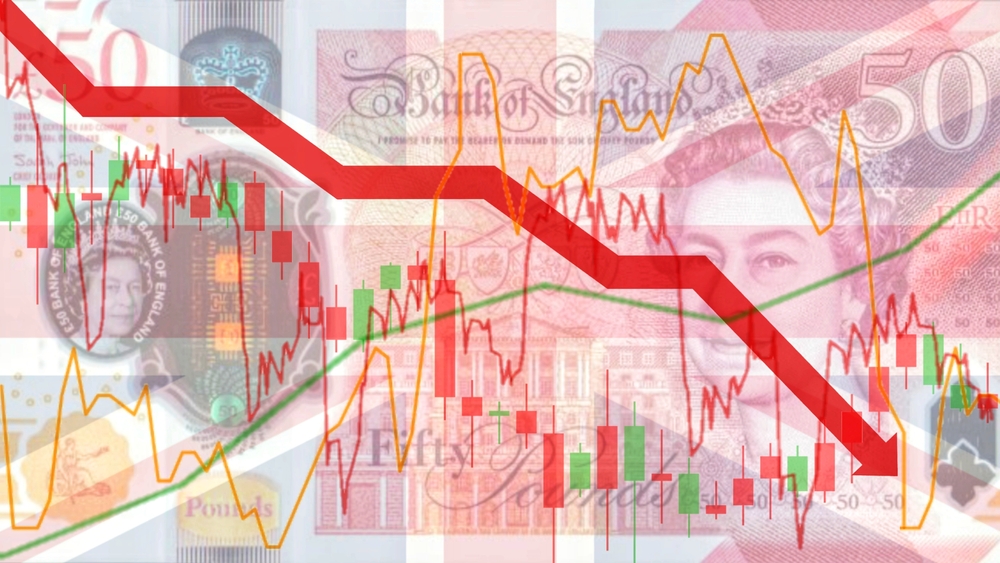Why is my low-risk portfolio underperforming?
Chris Broome – Chartered Financial Planner
Fixed interest investments are generally seen as less risky compared to investments like company shares (equities).
They typically offer more stable but lower returns, with fewer fluctuations.
This is why portfolios that prioritise lower risk often allocate a higher proportion to fixed interest investments than their higher risk counterparts.
In the past year and a half, fixed interest investments, especially government bonds, have faced substantial volatility, resulting in poor performance.
Consequently, portfolios aiming for lower risk have performed worse than those seeking higher returns.
This situation might raise concerns, especially if your pension is heavily invested in such portfolios.
What’s been driving these changes in fixed interest investments?
Events like the Covid pandemic, the Ukraine conflict, and the monetary policy decisions made during Liz Truss’s brief government tenure have all shaken financial markets and negatively affected bond performance.
Furthermore, a sustained period of rising and high inflation, which defies market expectations with each new release, has added further uncertainty to the markets.
The central bank, such as the Bank of England, attempts to manage inflation by raising interest rates, a primary tool at its disposal.
However, financial markets usually react poorly to such shocks, and the value of bonds typically declines when interest rates rise.
In this unique scenario, a combination of factors has led to a severe downturn in bond performance, causing fixed interest investments to lose more value than equities.
Given that portfolios prioritising lower risk have a higher proportion of fixed interest investments, they have experienced larger-than-anticipated declines.
What does this mean for you?
If you are uncomfortable with investing solely in equities or prominent global companies, your investment portfolio should be well-diversified and oriented toward the long term.
A diversified portfolio helps mitigate the impact of poor performance in a single asset class or group, as different assets tend to respond differently to economic changes.
When determining the optimal mix of asset classes, Longhurst considers broader economic indicators like global growth, inflation, and the stage of the economic cycle. Last year, there was a slowdown in global growth alongside persistent high inflation, a condition known as “stagflation.”
During such periods, both equities and bonds tend to perform poorly. So, while the decline in bond performance was expected, the extent of this decline was more severe than usual.
If you’re worried about a decrease in your pension’s value just before or during retirement, it’s crucial to maintain open communication with your financial planner.
Exploring options such as relying on other income sources or cash savings instead of withdrawing from your pension immediately can help prevent locking in losses.
Conclusion
At Longhurst, we use a combination of historical data, financial modelling software, and good old-fashioned discussion, to help you better understand what % of your money should (or needs) to be invested in equities, bonds (fixed interest) and any other asset class.
Whether your portfolio should contain any level of fixed interest investment will come down to a number of factors, including your emotional ability to ride out short-term volatility.
We will explore this together topic, year on year, ensuring your investment strategy remains aligned to your financial planning goals.
Please note: This blog is for general information only and does not constitute advice. The information is aimed at retail clients only.
The value of your investment can go down as well as up and you may not get back the full amount you invested.
Past performance is not a reliable indicator of future performance.




